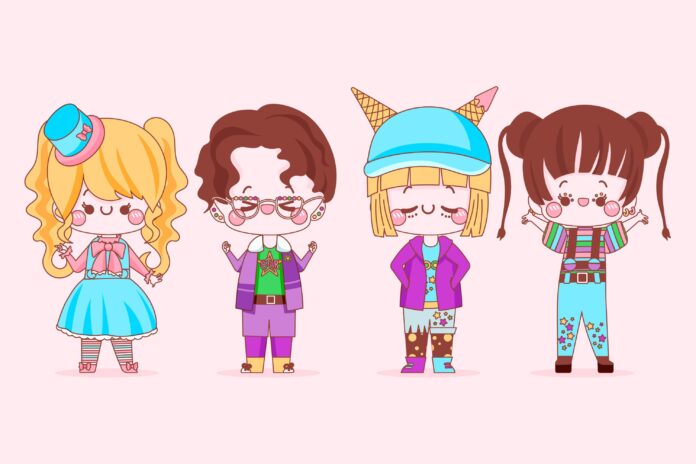Japan is famous for its love of cuteness. The term “kawaii” describes this cultural trend. You can see it everywhere—from daily life to major brands. Cuteness can be too much.
Kawaii pictures of Hello Kitty and mascots are prime examples. These cuties appear on everything from phone cases to billboards. No?
This trend reflects more than just a fad. It represents a deep cultural value that blends nostalgia with modernity. So, this post will explain why the Japanese love Kawaii culture. So, read until the end.
The Prevalence of Kawaii Culture
Cuteness fills every part of life in Japan. You will find kawaii pictures and items in homes and public spaces. It’s not limited to children. Yes—adults enjoy it too.
Japanese homes often display cute items. Examples include toothbrush holders with mascots and stuffed animals on pianos. These items show personal affection and love for the adorable.
Mascots appear everywhere in Japan. Major companies and even government agencies use kawaii pictures to represent their brands and institutions.
The Fascination With Cuteness
Several factors explain Japan’s love for cuteness. Kawaii represents youth and innocence, which are highly valued. Both men and women find this appealing as an escape.
Japan’s demanding work culture makes cuteness a comforting retreat. After long hours, people turn to kawaii pictures and products for relief. This offers a break from their busy lives.
Many Japanese people resist growing up. They prefer to maintain a youthful outlook. Cuteness helps them keep this youthful perspective.
The Evolution Of Kawaii
Kawaii culture has deep roots in Japan. It began gaining popularity in the 1970s among schoolgirls. Today, it influences fashion and consumer goods.
This trend has expanded globally. What started locally has become a worldwide phenomenon. Characters like Hello Kitty and Kawaii pictures are now international icons.
Modern Japan embraces kawaii as a lifestyle. It affects how people dress, communicate, and view themselves.
Kawaii in Global Context
Japan is now spreading Kawaii worldwide. This trend mirrors how cars and electronics became global. Kawaii products and pictures are appearing in American stores.
Western views on cuteness differ from Japanese ones. While cute items are appreciated, they lack the same cultural impact. The Japanese approach to cuteness is unique and deeply rooted.
The global influence of kawaii may grow. We might see more cute products and kawaii pictures worldwide.
Kawaii Mascots and Branding
Mascots play a major role in Japanese branding. Most major companies have a cute character for their brand. These mascots and kawaii pictures create a friendly and approachable image.
Some mascots are unique, like prison characters. Katakkuri-chan, for example, softens the image of institutions. Such characters make places like prisons seem more welcoming.
Government agencies also use mascots to improve their image. Pipo-kun helps create a positive image for public authorities.
Cultural and Psychological Aspects
The concept of “Kami” in Japanese culture influences kawaii. Kami are spirits or deities believed to inhabit everything. This belief may explain the love for cute characters and kawaii pictures.
Shinto, Japan’s native religion, also impacts kawaii culture. It emphasizes a connection with nature and animism.
This connection could explain why cute appearances are significant. Kawaii culture blends spiritual and cultural values. It shows how traditional beliefs influence modern trends.
In Short
Japan’s fascination with kawaii has a strong cultural impact. It offers comfort and escape from daily pressures. This trend also boosts the economy with a demand for Kawaii products and pictures.
Kawaii culture may continue to grow globally. Like technology and cars, cute products might become a major export. The world could see even more of Japan’s adorable influence in the future.


